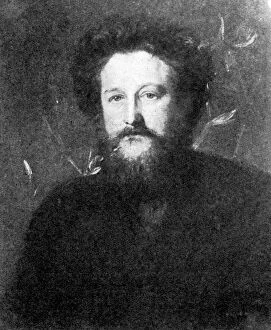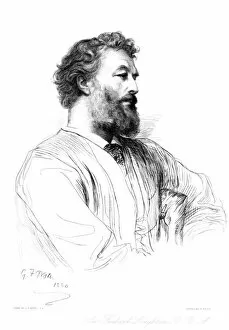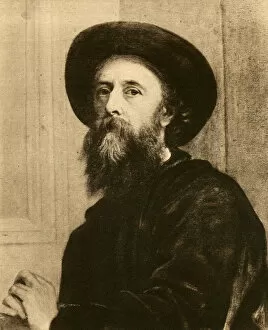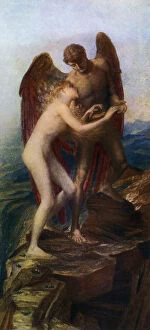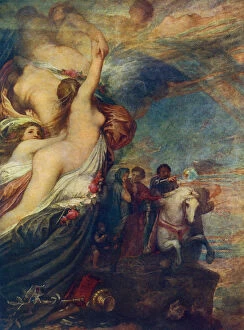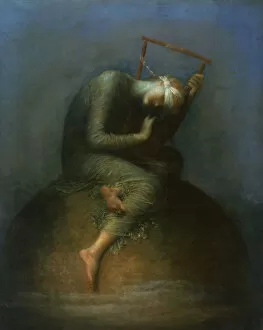Gf Watts Collection (#2)
George Frederick Watts was a renowned British artist who lived from 1817 to 1904
For sale as Licensed Images
Choose your image, Select your licence and Download the media
George Frederick Watts was a renowned British artist who lived from 1817 to 1904. His works encompassed various themes and subjects, showcasing his immense talent and creativity. One of his notable pieces is "Ellen Terry, " painted in 1864, which captures the beauty and grace of the famous actress Ellen Terry. Another remarkable artwork by Watts is "The Dweller in the Innermost, " created around 1885, depicting a mysterious figure immersed in deep contemplation. In "For He Had Great Possessions" (1894), Watts explores the complexities of wealth and its impact on individuals. The painting delves into the inner turmoil that can arise when one possesses great material possessions but lacks true fulfillment. Similarly thought-provoking is "Uldra, The Scandinavian Spirit of the Rainbow in the Waterfall" (1884), where Watts portrays a mythical spirit surrounded by nature's enchanting beauty. Watts also collaborated with other artists to capture their essence on canvas. In an intriguing portrait from around 1867, he depicts Algernon Charles Swinburne, an English poet known for his evocative verses. Additionally, he immortalized fellow artist Lord Leighton in a captivating piece from 1896. One of Watts' most iconic creations is "Hope" (1886). This powerful allegorical painting showcases a blindfolded woman sitting atop a globe while playing her lyre amidst desolation—a symbol of hope shining even during times of despair. Watts didn't limit himself to portraiture; he also explored deeper philosophical concepts through art. In "Time, Death and Judgment" (1866), he confronts mortality head-on by portraying three skeletal figures representing time's relentless march towards death and eventual judgment. Throughout his career, George Frederick Watts left an indelible mark on British art history with his diverse range of subjects and profound interpretations thereof. From capturing renowned personalities like W. E.

